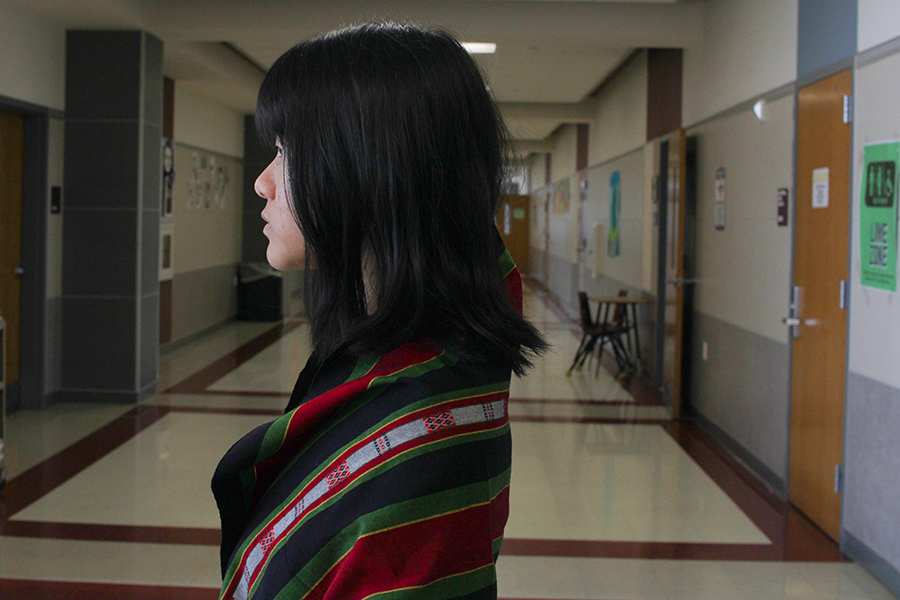In the midst of the pandemic, many film releases were either pushed back a couple of months or a full year. “Last Night in Soho” was a part of the victim list whose date was moved a full year, with the original release date of Sept. 25 moved to Oct. 29. “Last Night in Soho” follows Eloise (Thomasin McKenzie), an aspiring fashion designer who can mysteriously enter a reality that takes place in the ‘60s where she encounters a wannabe singer, Sandy, whose fate turns to the worst.
While “Last Night in Soho” is great, it’s not receiving nearly as much attention as “Dune” or “Halloween Kills,” which are dominating the box office. It’s one of the most original films to be released this year and most of it is enjoyable from start to end. Edgar Wright is one of the most brilliant filmmakers working today and all his charms and quirks shine in all his films. This being his first serious psychological horror film seemed ambitious as he mostly directed satirical comedy films. Yes, it all worked out in the end.
Many horror films fail at basic key elements such as establishing characters and atmosphere which were perfectly executed in “Last Night in Soho.” The character of Eloise was someone audiences cared for and rooted for. As she moved from a small town to the big city of London her homesickness could be felt and was something every audience member could relate to. When she first goes to the ‘60s London reality the beauty of the city could be felt and makes one feel nostalgic. Most of it could be thanks to the cinematography by Chung Chung-hoon who captured every moment in pure beauty.
A great choice in soundtrack as well goes with the whole ‘60s aesthetic. Every song cue felt appropriate which is no surprise as Edgar Wright had previously chosen great music for his film “Baby Driver.” A simple scene such as a character walking down the street is greatly impacted by the song in the background.
The screenplay by Edgar Wright and Kristy Wilson-Cairns has twists and turns nobody expects while it also balances numerous sub-genres in horror. The film also explores the corruption, power and pervertness a lot of businessmen had in the ‘60s, which added another layer of careness.
No such thing as perfect exists as to where the movie fails like many other horror films are in their own tropes. A trope to be expected is the involvement and doubts of police which is expected in any horror film to add a bit of realism but doesn’t really go anywhere. While it tries to switch it up a little bit, it doesn’t come off as good, just bland. Some usage of CGI as well doesn’t look good in the third act and comes off as laughable. Jump scares were appropriately used throughout the runtime but it never comes off as scary or shocking. Also, the rules from when Eloise went from the present to the ‘60s era weren’t consistent and from time to time didn’t make much sense. It wasn’t something confusing but it was rather bothersome.
Some of the complaints “Last Night in Soho” is getting from viewers comes from the third act as many say it feels messy and doesn’t know what it wants to do. Yes, it flows more like a list of things that need to happen, but in the end, all those elements come together acceptably.
The addition of Anya Taylor-Joy’s character in the ‘60s reality feels like the last puzzle piece to a jigsaw puzzle. Her whole vibe makes her feel like someone from that time period. Costume design would usually be passed by the viewer’s eye but, in the case of this, it stands out gorgeously.
Originality seems to feel more like a wanted Christmas present one never gets than the one someone ends up receiving. It should be taken more gratefully. “Last Night in Soho” has been the best horror film to be released this year. Overall, the film deserves a 8/10.



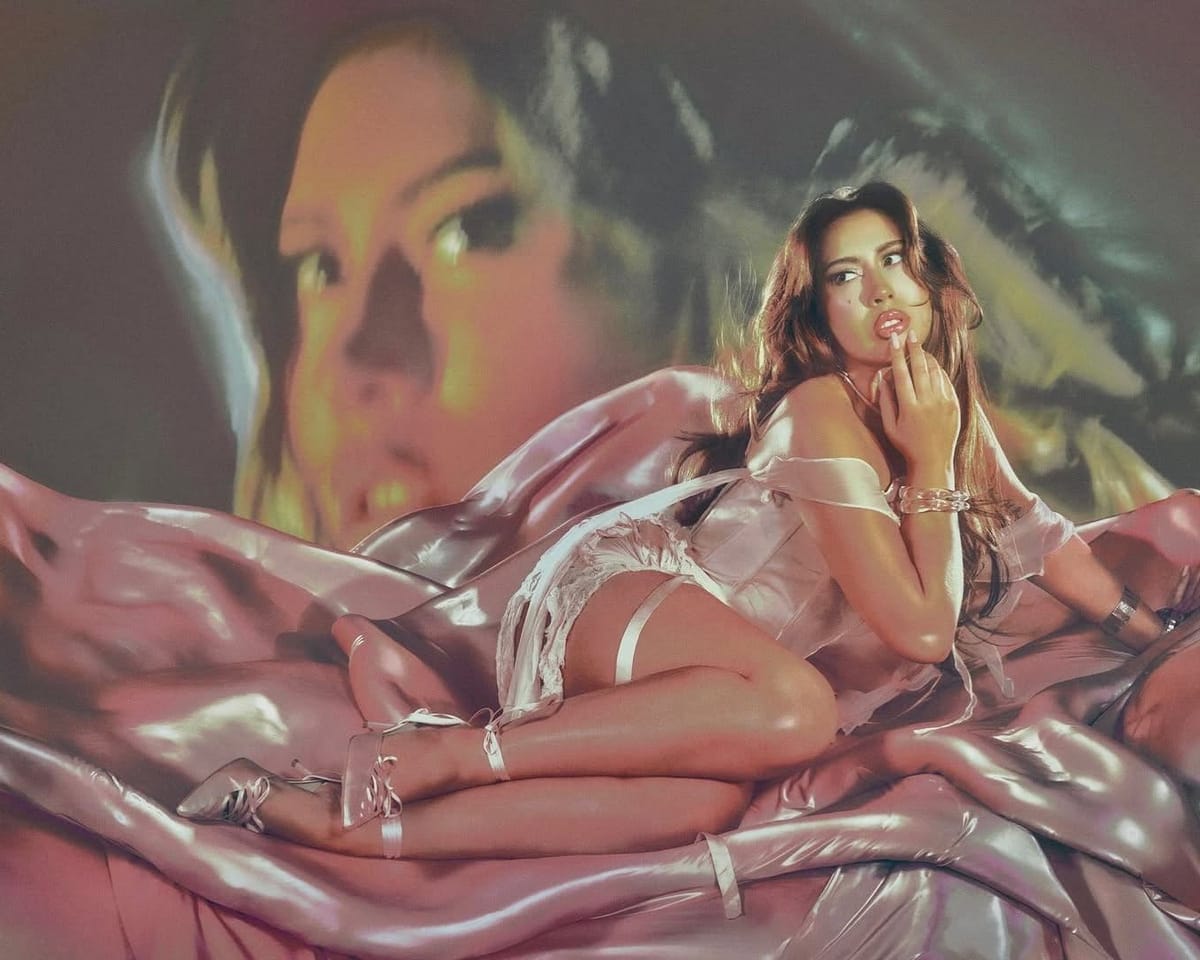
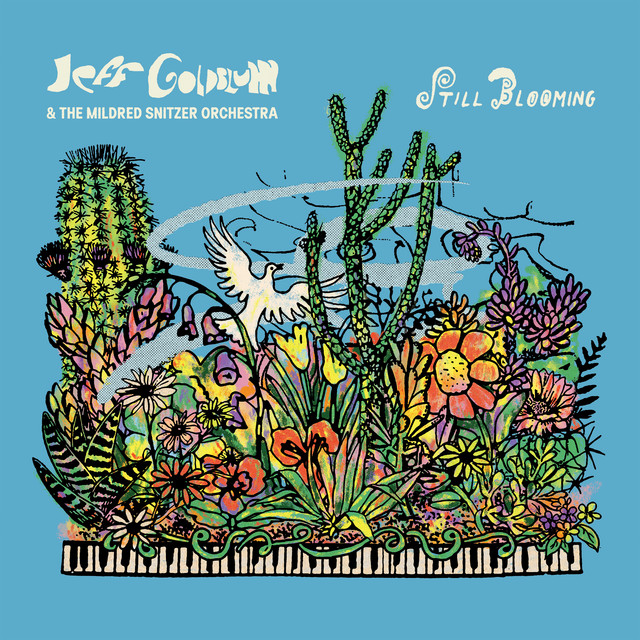
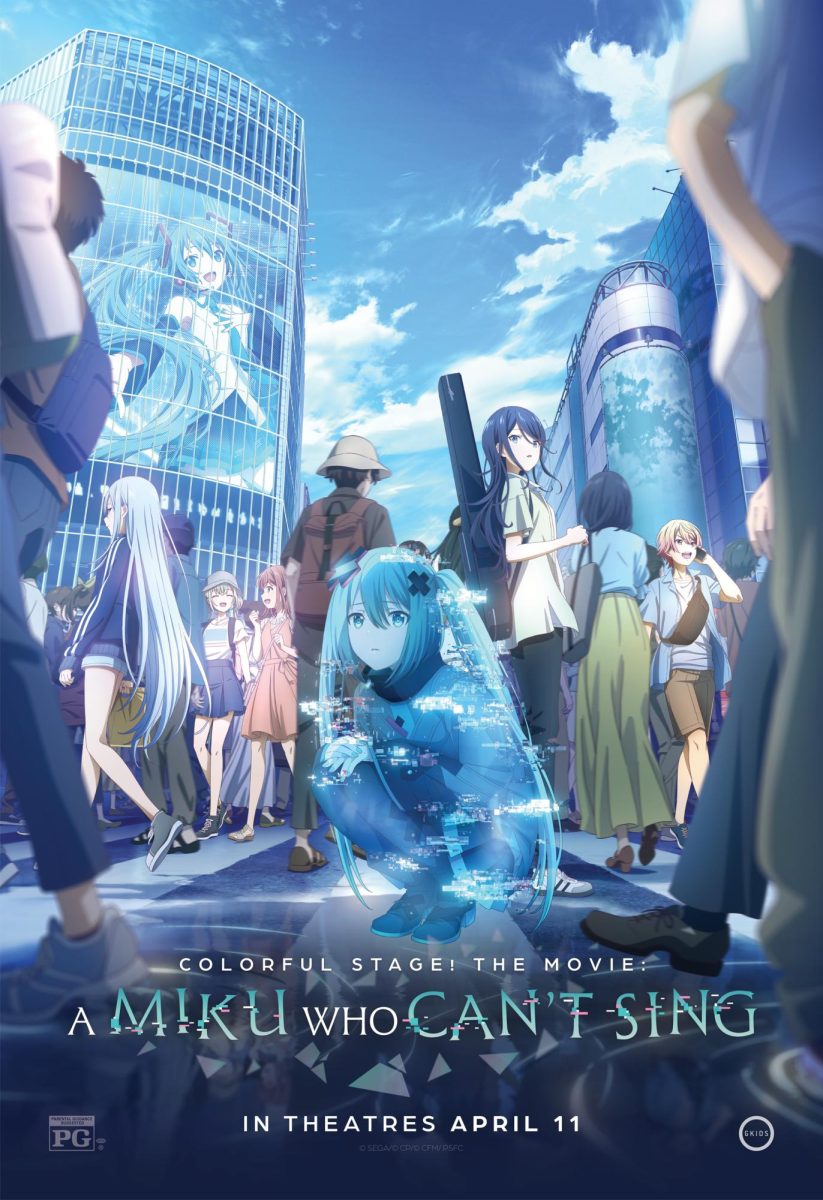



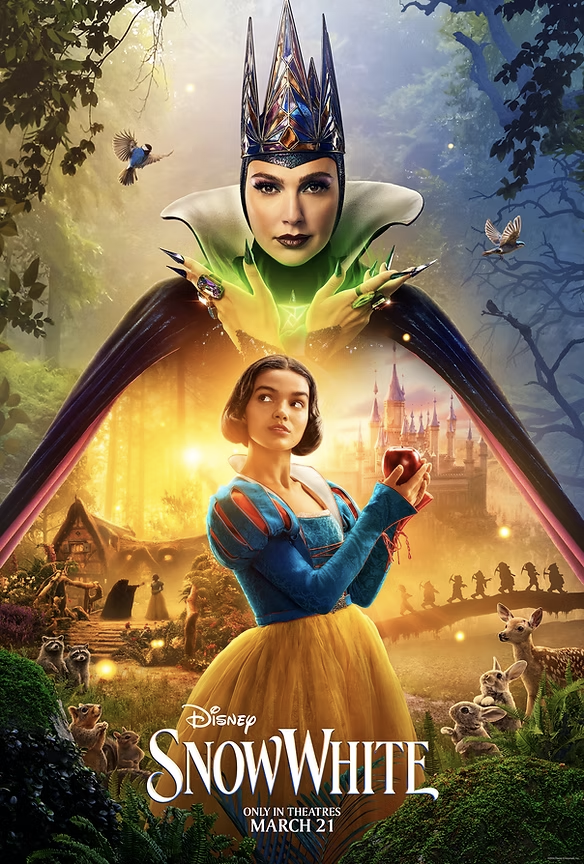
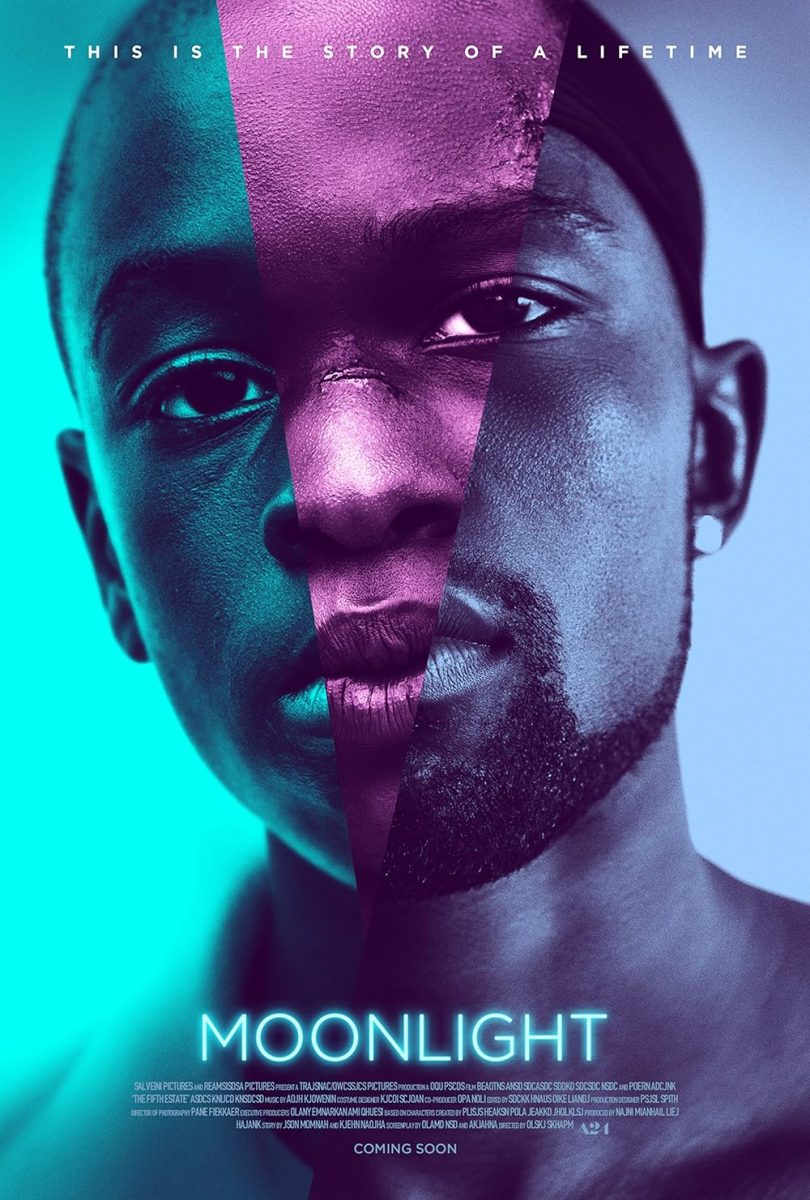




!["I hope to become fond [of] and understand the new dynamic of a life where I don't really have boundaries set by another person, but rather more of a liberal freedom."](https://farhar.net/wp-content/uploads/2025/05/topten9.jpg)

